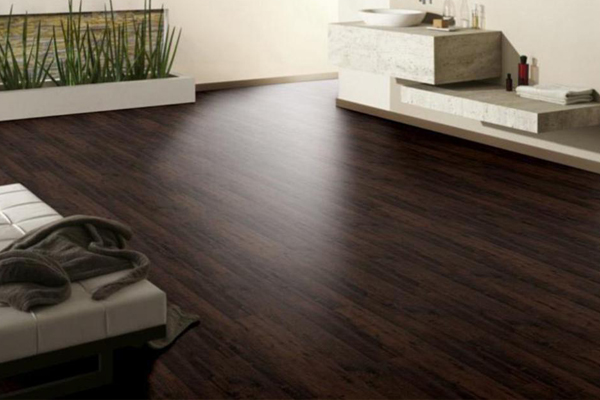When designing your home, you probably think about how your flooring looks and feels. But did you know it also affects how your home sounds? The texture of your floor plays a big role in room acoustics, shaping how sound interacts with a space. Whether you want a cozy, quiet living room or a vibrant space for entertaining, your flooring choice can make a big difference.
Here’s how floor texture impacts acoustics and how you can pick the right material for your needs.
The Relationship Between Floor Texture and Sound
Sound moves through vibrations, bouncing off hard surfaces or being absorbed by soft ones. The more reflective or smooth a surface, the more sound bounces around, creating echos or amplifying noises. Textured and softer materials, on the other hand, absorb sound waves, minimizing unnecessary noise.
For example, tiles or polished hardwood reflect sound, which can make a space feel lively but might increase noise levels. Meanwhile, carpets or rugs absorb sound, creating a quieter, more intimate environment. The texture of your flooring can help balance this interplay, depending on what atmosphere you want your room to have.
Flooring Material and Acoustic Performance
Each flooring type interacts differently with sound. Here’s what you need to know about some popular options.
1. Hardwood Flooring
Hardwood flooring offers a timeless, elegant look, but acoustically, it’s reflective. It has a smooth surface that can amplify sound, which might be a plus for lively entertaining areas but not ideal for quieter rooms like bedrooms.
Tips to reduce noise:
Add large area rugs or runners.
Use furniture with soft upholstery to break up sound reflections.
2. Carpet
When it comes to sound absorption, nothing beats carpet. It muffles footsteps, absorbs echoes, and creates a quieter, cozier feel.
Best uses:
Bedrooms, playrooms, or home offices where quiet is a priority.
Apartments or multi-story homes to reduce noise transmission between floors.

3. Tile and Stone Flooring
Tile and stone floors are sleek and durable but can be acoustically unforgiving. They tend to reflect sound, which can make large rooms feel echoey.
For better acoustics:
Add thick mats or rugs in high-traffic areas.
Install curtains or wall-mounted acoustic panels to soften sound.
4. Luxury Vinyl or Laminate
Vinyl and laminate flooring have improved significantly in recent years. Many models offer built-in underlayment, which reduces noise while maintaining durability and an attractive finish.
Best fit:
Kitchens, basements, or living spaces where you want balance between style and sound control.
Practical Tips for Optimizing Room Acoustics
Layer Soft Furnishings
Use rugs, curtains, and cushions to absorb sound in rooms with hard flooring.
Add Acoustic Underlayment
When installing laminate, vinyl, or hardwood, consider a padded underlayment to reduce sound transmission.
Match Flooring to Room Purpose
Use softer materials like carpet in bedrooms, and harder ones like tile in kitchens where noise isn’t a big concern.
Consider the Shape of the Room
Large, open rooms with hard floors may amplify noise, but smaller, cozy spaces benefit from soft textures.
Your Flooring Choice Can Set the Tone
Choosing the right flooring texture isn’t just about aesthetics or comfort underfoot; it’s about creating an atmosphere that feels right. Whether you want your home to be lively and energetic or peaceful and quiet, the texture of your flooring can guide each space toward that goal.
Next time you’re picking flooring, think beyond looks. Consider how it’ll sound when you walk, talk, and live in it. With the right choices, you can create a home that looks great, sounds just right, and truly works for your needs.

